by Annabel Dobbyn
There is a man. He only rides in first class train cars. He is the most charming man at the Century Club, and he is only friends with the most important moneyed people, DC political powerhouses. This man stands tall and prideful over the Sierra Nevadas, shifting the earth between his fingers. He is a small god in a fraction of the universe. He is the director of the United States Geological Survey. Plain and simple, he decides what dirt is good dirt. There is another man. He is blue collar and he does not ride trains for pleasure, but rather for work. He is a Pullman Porter and he has one great love, his bride, Ada Copeland. They live happily with their four children in a Black neighborhood of Brooklyn, New York. He is not home often, but when he is he makes the most of it.
These men are Clarence King and James Todd, and they have achieved total oneness. One was a white explorer and the other a hard-working Black man, and they are alive and dead in the exact same body.
Portrait of Clarence King. The towel was exhibited at USGS National Center, Virginia, from early 2000’s – 2022. It was within a glass case, so protected from airborne dust and dirt, draped over a padded form showing the end with monogram. Photos provided by USGS
Recently, an ordinary 19th c. hand towel in a diamond like diaper-weave came to the conservation studio for minor treatment. It did not particularly stand out, it looked like something you might find in a thrift store today. A plain towel with the monogrammed letters: CK. This item could have gone unnoticed its entire life, discarded amongst millions of textiles each year, but it was spared due to its extraordinary provenance. This towel belongs to Clarence King, the American explorer; geologist; and in some ways, a con man.
Diamond 'diaper weave' pattern
cut work, solid weave, decorative knotting & tassels
In 1888 something entirely unexpected happened to former USGS director Clarence King. He, the most desired playboy bachelor of both Washington DC and New York, fell in love. And his bride? A Black woman named Ada Copeland. During this time, interracial couples were ostracized by Black and white communities alike; however, King made a decision. With his blonde hair and blue eyes he called himself James Todd, and claimed that he was of Black ancestry, utilizing the “One Drop” laws (Southern laws that if a person’s great grandparent was Black they are legally considered Black). He presented himself as a Pullman Porter, disguising his frequent trips between New York and DC, and switching his clothes as he crossed back and forth over the Brooklyn Bridge. No one knew of his deception. Not his neighbors, not his white colleagues, and most significantly, not his wife, the woman whom he built this lie around.
Lies and deception were not unknown to King, in fact they almost seemed to be guaranteed. Maybe it was a result of working amongst shrewd politicians, or perhaps it was an intrinsic insatiable hunger. Either way, it was who King was. Many white women attempted a relationship with King, but he denied them all by implication he would only be attracted to Black and Indigenous women. This would prove to not be true as in 1893 Clarence King was arrested for “disorderly conduct” in Central Park, a well known area gay men to “cruise”. The wealth and power of King’s friends made the charges disappear but it was clear what had happened. His dear friend Henry Adams said of the incident, “Something remains untold[…] I don’t care to ask.”
Clarence King confounds with the many lives he led, but who was he really?
What is certain is that Clarence King was born into a successful New England China-trading family. King’s linen hand towel was presumably acquired in the mid to third quarter of the 1800’s, (one of a set as this is how towels were ordered and sold), from one of the many Irish Linen Houses in New York City or Boston (along with other fine linens).
A graduate of Yale University, he was stylish and would have had clothing and personal items that reflected his station and tastes. Personalized linen hand towels such as this one, were standard and compulsory possessions. By the end of the 19th c, luxury Irish linen was prevalent in hotels, bedroom suites, men’s clubs, transatlantic steamships and railway cars. King kept illustrious and successful company, and they all enjoyed the luxuries of the Belle Epoque era. One account describes King living in NYC in the mid 1880’s, where he “spent much of his time as a jovial clubman, living in elegant residential clubs such as the Union League and Century Club”.
In 1867, King was appointed U. S. Geologist-in-Charge of the U.S. Geological Exploration of the Fortieth Parallel, backed by federal funds. During their first season, King and his team surveyed 12,000 square miles and collected over 3,000 specimens of rocks, minerals and fossils. He became nationally famous for this survey and the books he published. “Mountaineering in the Sierra Nevada” was a runaway best seller and had nine printings, followed by “Systematic Geology”. He was a respected geologist, surveyor, explorer, creating impeccable maps. King was the youngest person elected to the National Academy of Sciences.
Clarence King. This image appeared in the 1904 Annual report of the Board of Regents of the Smithsonian Institution. (Photo credit: Wikipedia) ; King on far right in the field with survey partners, photo courtesy of National Portrait Gallery. Center photo: Fig. 1.42 Clarence King. Photograph, ca. 1882–1884. Photographer unknown.
Published in Clarence King, Memoirs: The Helmet of Mambrino, (New York, London: G. P. Putnam’s Sons, 1904), 37.
Clarence King in a mountain camp, courtesy of Library of Congress. Clarence King scaling rocks. Rare Book Division, The New York Public Library. “Taking breath” The New York Public Library Digital Collections. 1870. https://digitalcollections.nypl.org/items/8810aaab-af32-3a80-e040-e00a1806012e
Despite the rugged environment, King preferred to dress the part of boss by wearing linen with silk stockings and low shoes. (so we know he liked good quality and stylish fabrics and clothing) It’s a mystery if his monogrammed hand towel(s) travelled with him in the field. Presumably they did, as like handkerchiefs, towels were just part of his personal apparel. The red monogram might be a bold statement, but a linen diaper-weave towel was also a resilient reliable choice of hand towel for shaving and other personal hygiene tasks. https://forgottennewsmakers.com/2011/06/17/clarence-king-1842-%E2%80%93-1901-white-geologist-black-husband/
In 1901, Clarence King laid dying of tuberculosis in Arizona. His wife and four children remained in New York, presuming that their James Todd, was on another train journey. With a trembling hand, King took a pen and paper and revealed his true identity to Ada Copeland. He told her of a small fortune which would come her way and that she should take the children to Canada. His implication being that they would never be accepted in the United States. Soon after sending the letter, King passed, leaving a colossal reckoning behind.
In the wake of King’s death Ada received monthly small payments from an unknown source; however, these did not nearly amount to what King had promised her in his last letter. Ada took matters into her own hands and for 30 years fought in court for the inheritance King had promised to secure her family’s livelihood. She endured intense cruelty from the media, who mocked her Blackness and her weight. Eventually it was determined King had died penniless, there was no trust to give. It was also revealed that King’s beloved friend John Hay, had been paying Ada, and when he died in 1905, the task was continued by his daughter, Helen Hay Whitney. For the optimists, King in his sickly demeanor did not remember the number of debts he had to pay, and misled Ada. For the critics, even in facing his own mortality, King could not help but tell Ada another lie.
Although this is the towel and story of Clarence King, Ada is the heart of this story. Was she a part of an immensely tragic love story? Or was she the victim of the cruelty and the deception whiteness allows? My mind hurdles between the two prospects. It has been months since we conserved the hand towel, but Ada is always with me. She’s over my shoulder as I slurp down my morning oatmeal. She’s waiting in the passenger seat of my car when my shift ends. I think something terrible has happened, despite how deeply wrapped up in the story of Clarence King, she is nothing but a footnote. Someone who bore so much pain but still went on to live with grace should not be discarded so easily.
So I invite you. Remember this hand towel, and say her name.
Ada Copeland
Ada Copeland
Beloved Ada
And allow yourself to be haunted a bit by her too.
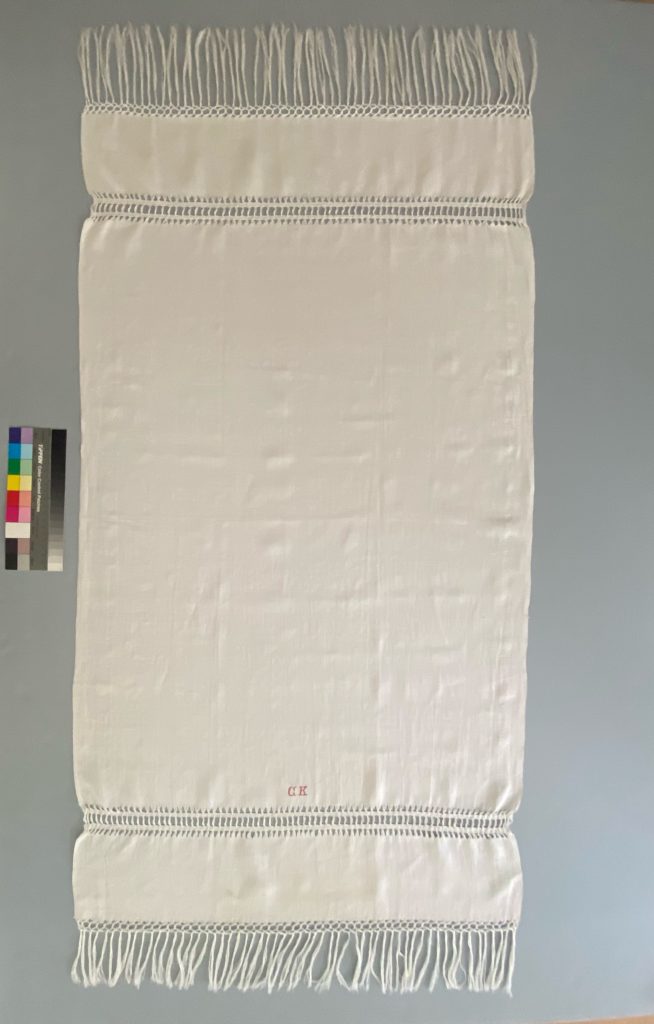
Our thanks to the USGS for entrusting CFT to conserve Clarence King’s hand towel and ‘unravel’ historic threads which were not initially visible.
Sources and Further Reading:
https://www.usgs.gov/staff-profiles/clarence-king
https://www.princeton.edu/news/2009/12/17/sandweiss-unearths-compelling-tale-secret-racial-identity
https://www.boone-crockett.org/bc-member-spotlight-clarence-king
https://www.nasonline.org/publications/biographical-memoirs/memoir-pdfs/king-clarence.pdf
https://drvitelli.typepad.com/providentia/2013/07/the-double-life-of-clarence-king.html
https://uselessinformation.org/the-double-life-of-clarence-king-podcast-48/
Passing Strange – A Gilded Age Tale of Love and Deception Across the Color Line
By Martha A. Sandweiss, New York: The Penguin Press, 2009


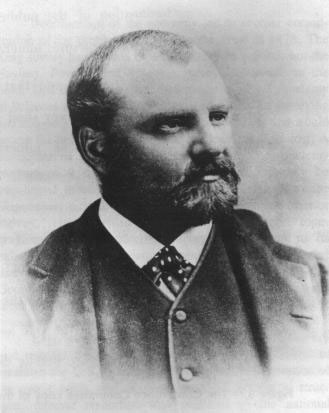

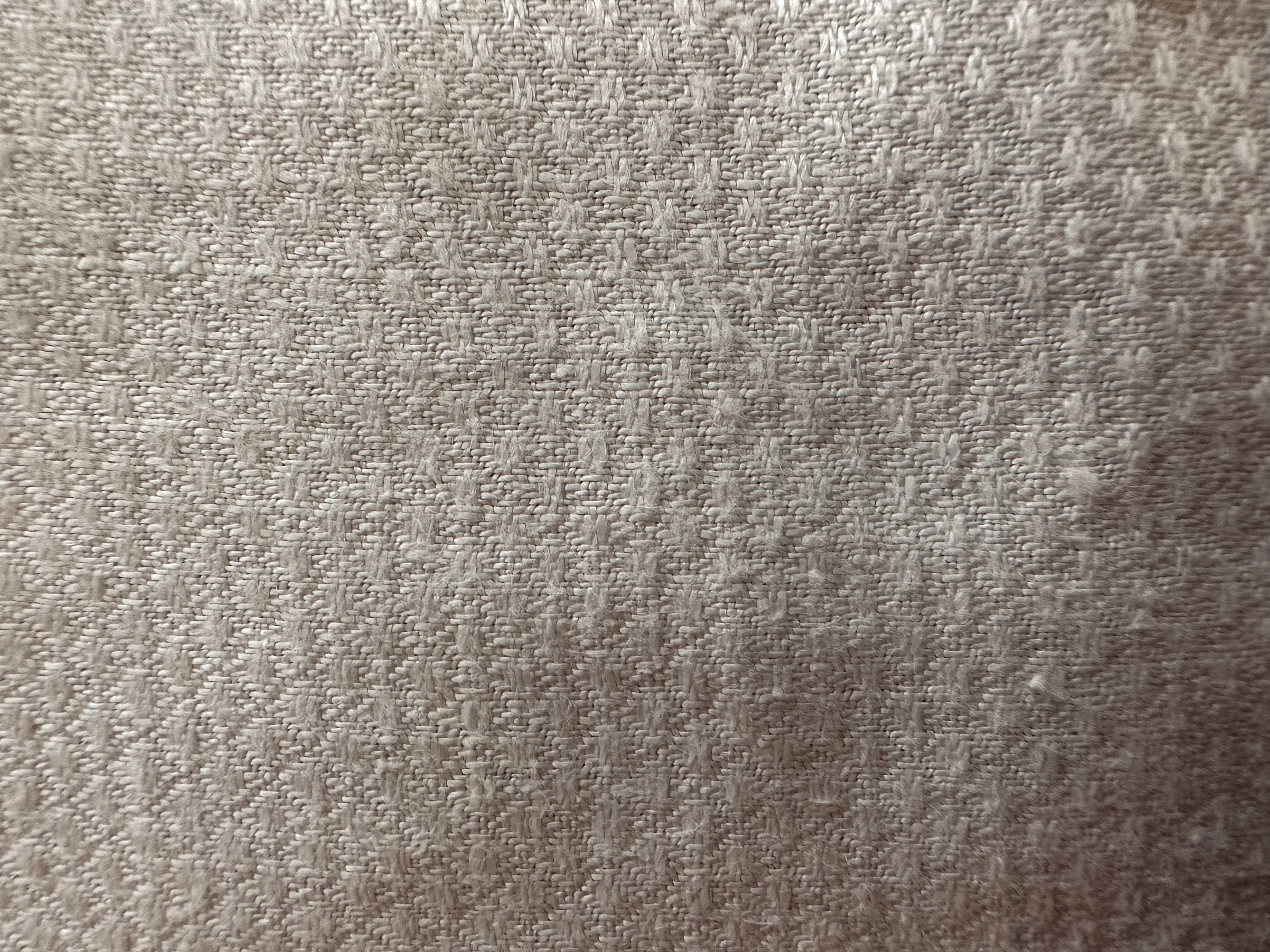
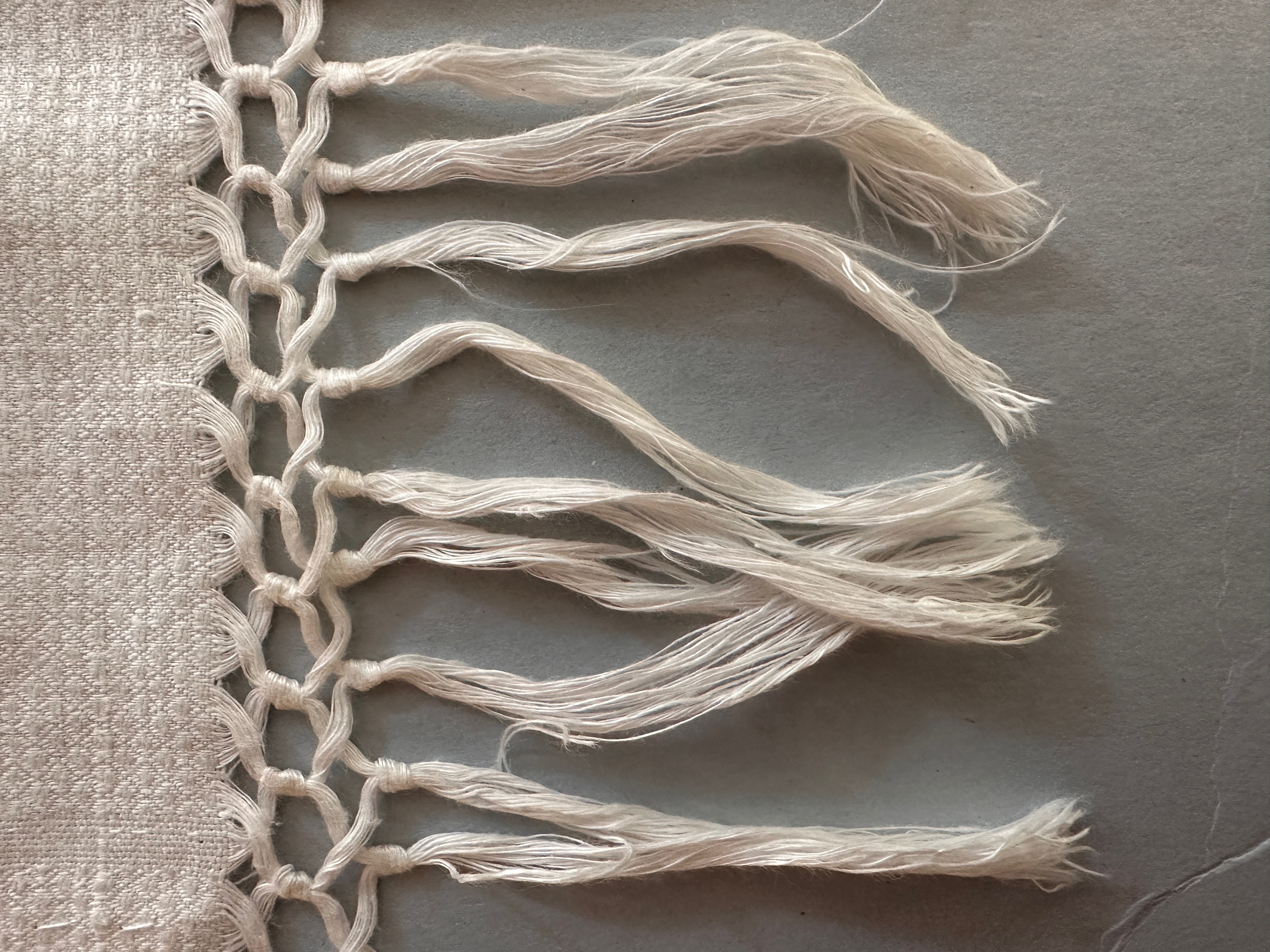
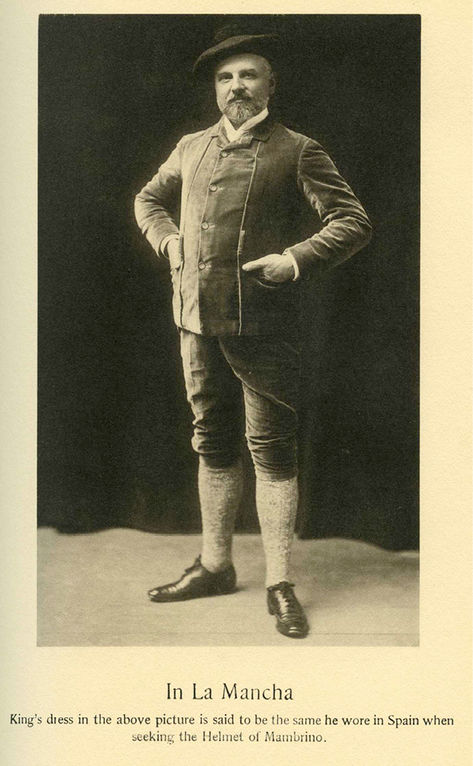
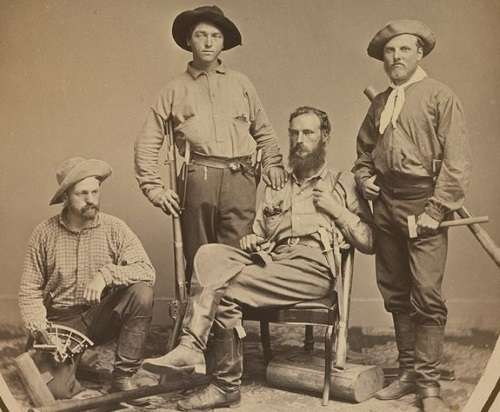
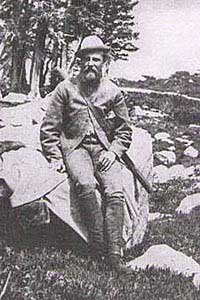
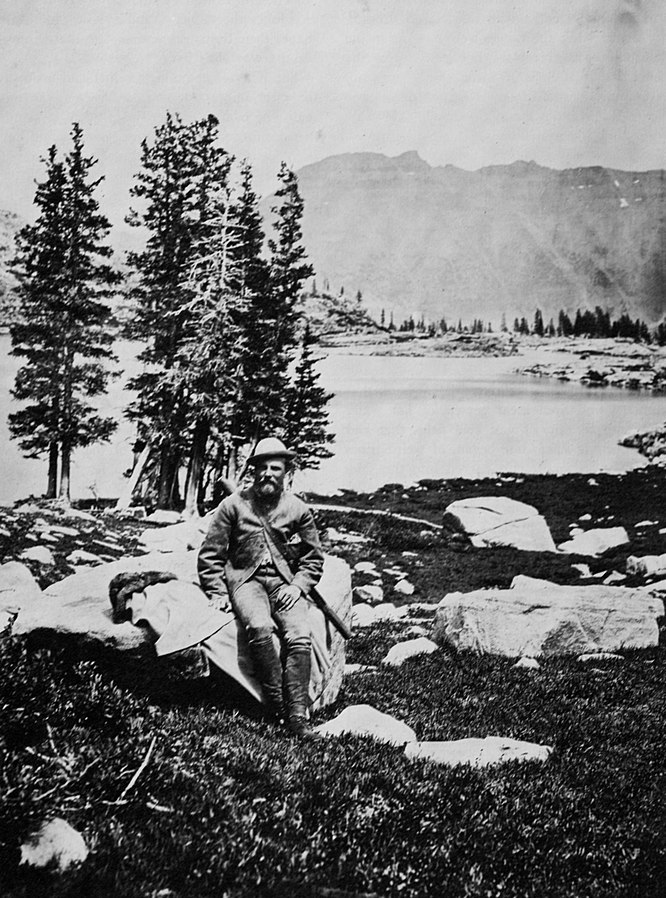

This is a great story, and amazing work on the towel. Now I want to learn more about Clarence King and Ada Copeland.
Thank you so much!!
Absolutely amazing the stories behind a simple hand towel! The tales we weave … and the history within when we investigate and listen. Thanks, Julia!
Our world of textiles is filled with great stories.
And, you folks are great story tellers!
Julia,
Your story about Clarence King referenced his book, “Mountaineering in the Sierra Nevada”. This jogged my memory so I went downstairs to my “mountaineering library” for the book, given to me by dear family friends in Berkeley, California on my graduation from high school in 1961.
I got most of the way to the summit of Mt. Whitney with my father soon after my graduation but we had started too late to make it safely to the top and return to camp in one day. I did not know that I was following in King’s storied footsteps. The summary of his life on Wikipedia is enthralling. His book has risen to the top of the pile on my reading table. Thank you for uncovering the story!
Robert
This is a wonderful, but sad, story. As you well know, stories are the best way to teach each other about our personal and cultural life through the years. Thank you for taking the time to learn all this and share it with all of us.
What an amazing story! It makes me want to learn more, so I will. But what I love most is how you express it all, Julia. I’ve always been fascinated by historians… our communal past is their present. You’re not only a magical steward of textiles, you’re truly an historian as well. Thanks for making this little slice of history come alive through an elegantly simple monogram (and, as always, a beautifully told tale.)
Such a great story!
I have enjoyed the stories around your restoration of fabric. I love the fact that you
take the stories as seriously as you do the restoration. Thank you for sharing.
Thank you for sharing this story of Ada Copeland and her husband with us. It’s wonderful that you delve into the history and stories hiding behind so many textiles. Thank you Julia.